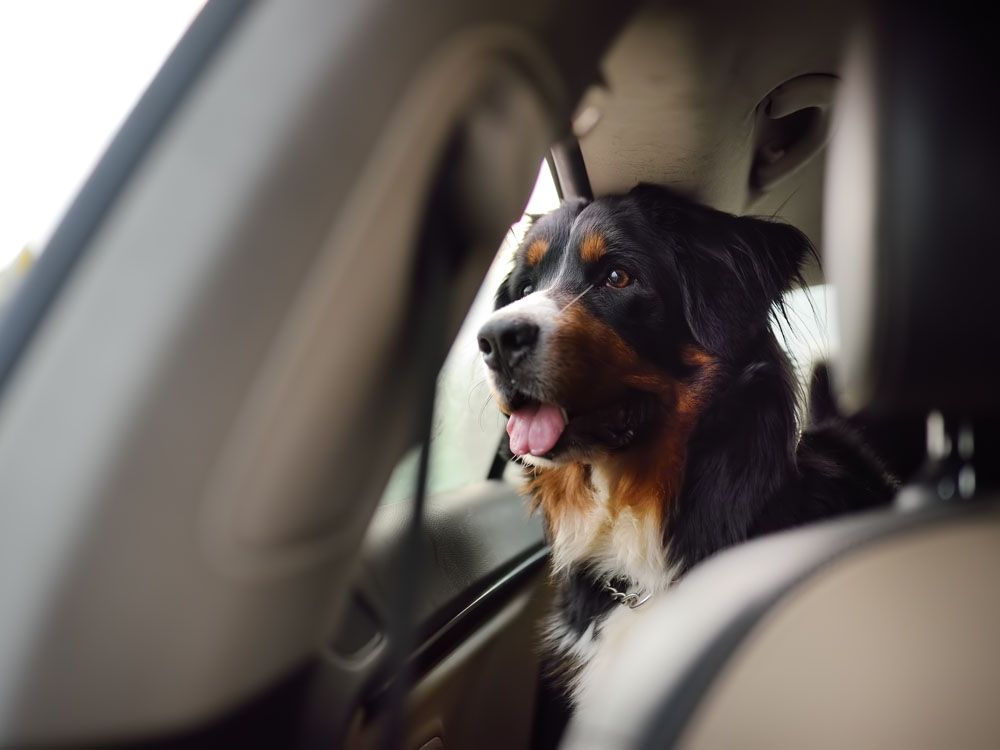Raylan, my late shepherd mix, had a problem with car rides. He’d hop into the back seat, excited for a new adventure, but could last only about 15 minutes before standing up, drooling and retching. Within seconds, he would vomit.
On long trips, there could be as many as a half-dozen such episodes. I tried everything: a medication prescribed by my veterinarian specifically for dogs with motion sickness, over-the-counter antihistamines, a human nausea drug usually given to patients undergoing chemotherapy, homeopathy and Chinese herbs. Nothing worked.

I always arrived at my destination with a queasy dog and a load of soggy, smelly towels. With summer underway, many people are planning vacations in pet-friendly places reachable by car. But for humans whose dogs (or cats) get carsick, these excursions can become an unpleasant ordeal.
“It’s really sad, even traumatic, to see your pet go through it, especially since they can’t vocalize what is happening,” said Matthew Lechner, an internal medicine specialist at Veterinary Referral Associates in Gaithersburg, Md. “It can be visceral and emotional for both humans and their pets.” Motion sickness in dogs – as in humans – results from a disturbance in the body’s vestibular system, a complex set of structures and neural pathways centrally located in the inner ear that regulate balance and physical orientation.
When there is a conflict between certain stimuli – what the eyes are seeing, for example, with what the bo.























